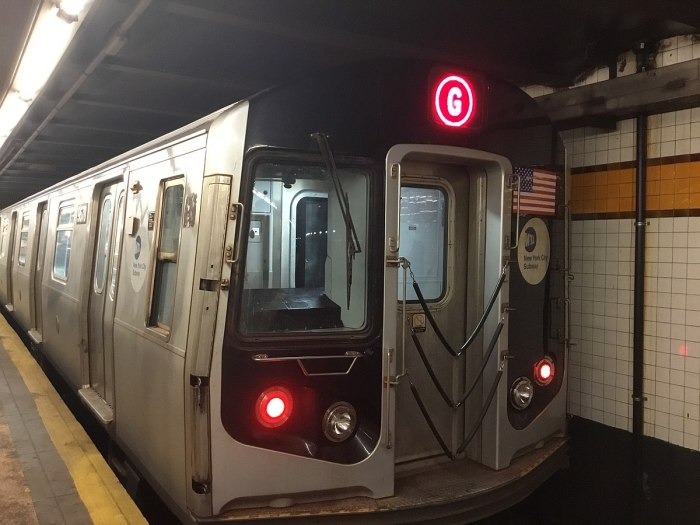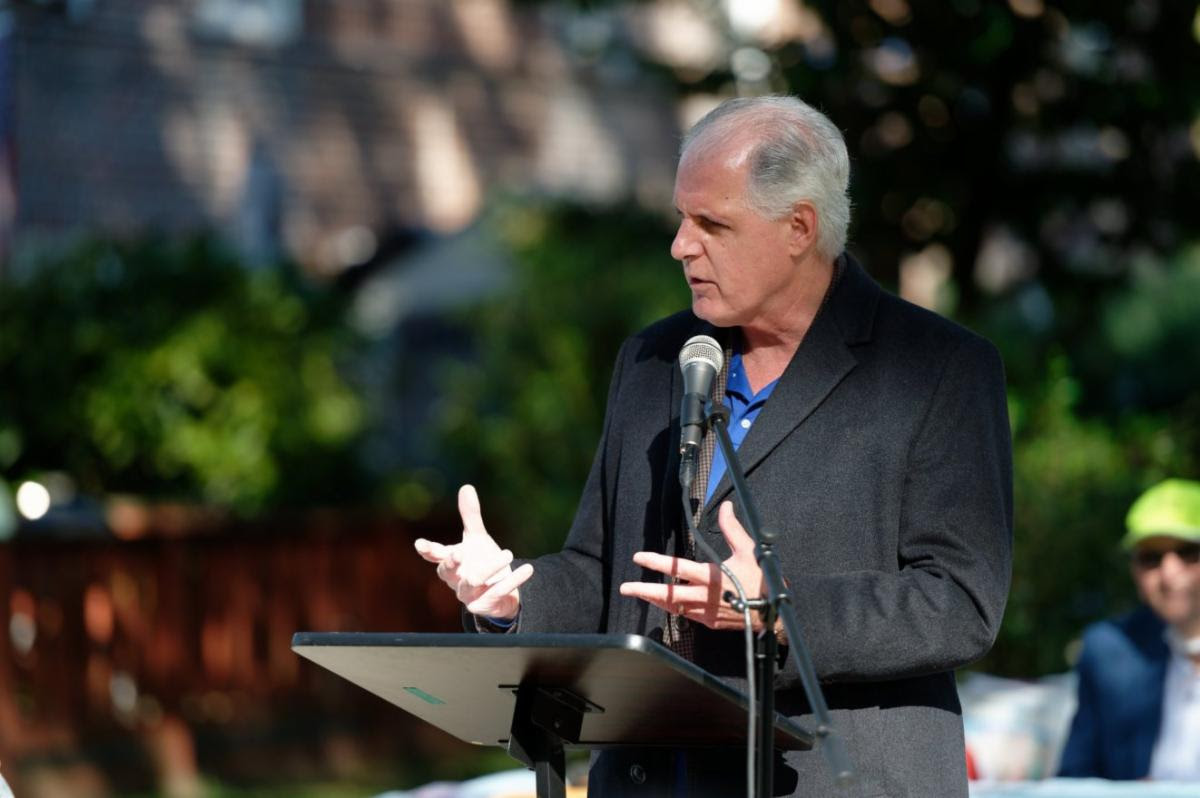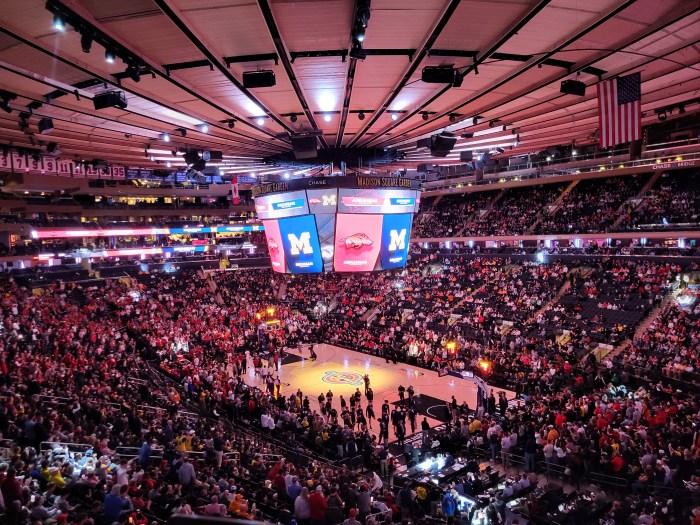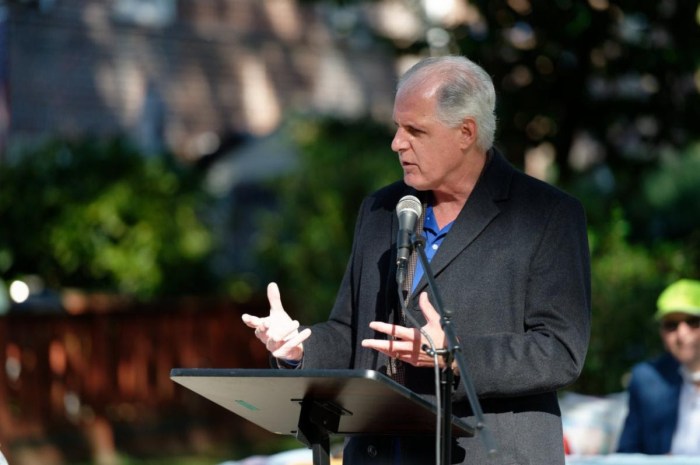
In April, after the second Penn Station train derailment caused by track defects over the course of a month, Amtrak CEO Charles “Wick” Moorman went down to the train hub’s knottiest section of track to get a look for himself.
The section is known as the “A interlocking,” where trains are slowed and routed onto one track or another into Penn Station. Moorman, a railroad industry lifer with a genial slight southern accent, came to a quick conclusion about the situation there in the dark: “Our string has run out,” he remembered thinking.
That was the beginning of what would become the “summer of hell,” Gov. Andrew Cuomo’s phrase for the track closures and commuter disruptions necessary for serious, months long reconstruction to the tracks beneath Penn Station. Amtrak, which owns Penn Station and is conducting the repairs, has been happy to take reporters into the depths, perhaps to make clear just how complex and onerous those repairs are in the old and labyrinthine space.
Rebuilding a railroad, mid commute
That lesson began even as amNew York’s editorial board was ushered down onto a temporarily shuttered platform to observe some of the work. The staircase? Original construction from 1910, Moorman said. The platform? Thin and unlovely (Penn Station regulars don’t need to be told), built to load and unload a long distance train with 300 or 400 people. Today’s trains carry 1,000 or 1,200, Moorman said, preventing simultaneous loading and unloading and slowing the process.
Moorman pointed at the low ceiling, where a hint of shine could almost be seen — they were dirt-begrimed glass bricks that once let light filter to track level from the grand arcade in the old Penn Station, now blocked by Madison Square Garden. And it is impossible to dig below the tracks to get more space: a basement blocks the way.
So the small crane used in repairs is low to the ground. All materials for the summer’s work come in through a tunnel and are stored on another closed track. Meanwhile, trains are coming and going as usual, limiting when workers can get work done.
The work underway includes relaying track — setting forms for concrete and then placing the wooden cross-ties embalmed with the preservative creosote (the smell of which permeated the area).
Wood might seem somewhat 19th century for a 21st century reconstruction, but Amtrak Executive Vice President Stephen Gardner explained the material absorbs the high-tonnage impact of incoming trains at low-speeds.
Moorman and other Amtrak executives stressed the age and disrepair of much of what we were observing, including the old “A tower” which once held the equipment to direct incoming trains.
That too was a 1910 original, as might have been imagined due to the elegant but antique spiral staircases to the tower hanging over the maze-like interlocking.
The equipment in the tower used to be mechanical: “Levers,” Moorman said, miming great effort. He noted that he’d actually been up to the old tower once, just after graduating from business school while interviewing for an operational job with Amtrak. He didn’t take it. But that was years ago. Now the old tower is dusty and empty.
This story sounds familiar
The “A tower” was eventually replaced by a nearby control center with relatively modern equipment. But the upgrade there was not matched elsewhere in the system’s infrastructure.
Moorman, who is planning to leave at the end of the year, says Penn Station got to the bad place it’s currently in due to a lack of capital inflow during the 1990s and 2000s, getting behind on what should have been a continual maintenance process.
In that, Penn Station’s woes mirror the subway’s misery this summer, where a beleaguered bureaucracy finally commits to doing the nuts and bolts upkeep that have been lacking. Chairman Joe Lhota called it “blocking and tackling,” the basics, on WNYC’s Brian Lehrer Show last week.
Of his cousins over at the MTA, Moorman says the agency is dealing with “a very complicated environment to maintain.” They too have problems finding time for repairs, a challenge that sometimes even rivals paucity of money. You can’t shut the subway down without inconveniencing commuters, but if you don’t, repairs are slow.
Unfortunately Amtrak’s repairs are an almost never-ending process that won’t be wiped away even by a big summer press. The Amtrak executives noted that the new tracks might last 30 years or so.
So will we be back in the bowels for a hellish summer again in a few decades?
The repairmen hope not, as long as future stewards do the right nighttime upkeep. The complications are evident, but that warning remains constant.


































